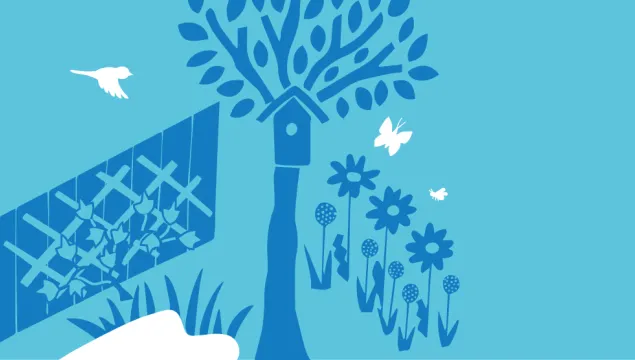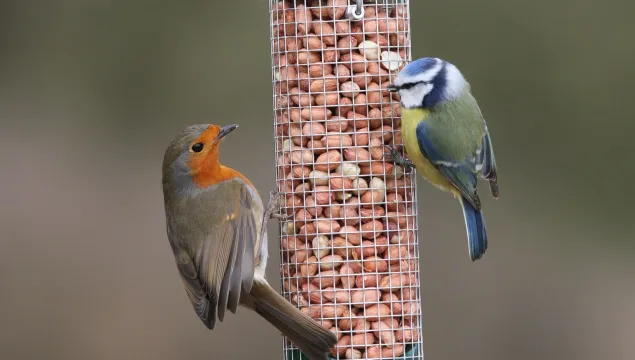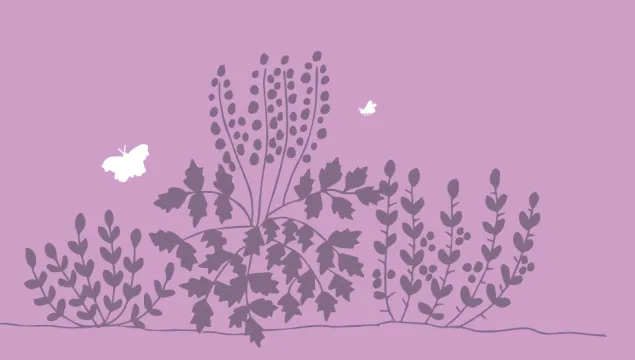
How to start a wildlife garden from scratch
Use the blank canvas of your garden to make a home for wildlife.

Use the blank canvas of your garden to make a home for wildlife.

It might surprise you, but even the smallest of gardens can accommodate a tree!

Find out how to attract birds into your garden all year round.

All animals need water to survive. By providing a water source in your garden, you can invite in a whole menagerie!

With natural nesting sites in decline, adding a nestbox to your garden can make all the difference to your local birds.

Surfaced spaces needn't exclude wildlife! Gravel can often be the most wildlife-friendly solution for a particular area.

Few of us can contemplate having a wood in our back gardens, but just a few metres is enough to establish this mini-habitat!

Woody shrubs and climbers provide food for wildlife, including berries, fruits, seeds, nuts leaves and nectar-rich flowers. So why not plant a shrub garden and see who comes to visit?

Grow plants that help each other! Maximise your garden for you and for wildlife using this planting technique.

Coastal gardening can be a challenge, but with the right plants in the right place, your garden and its wildlife visitors can thrive.

With food, water and shelter scarce over the winter months, give your garden birds a treat with an edible Christmas wreath.

Nestboxes can harbour parasites so it is good practice to take them down at the end of the season and give them a clean. Likewise it is important to keep bird feeders clean to stop the spread of diseases.